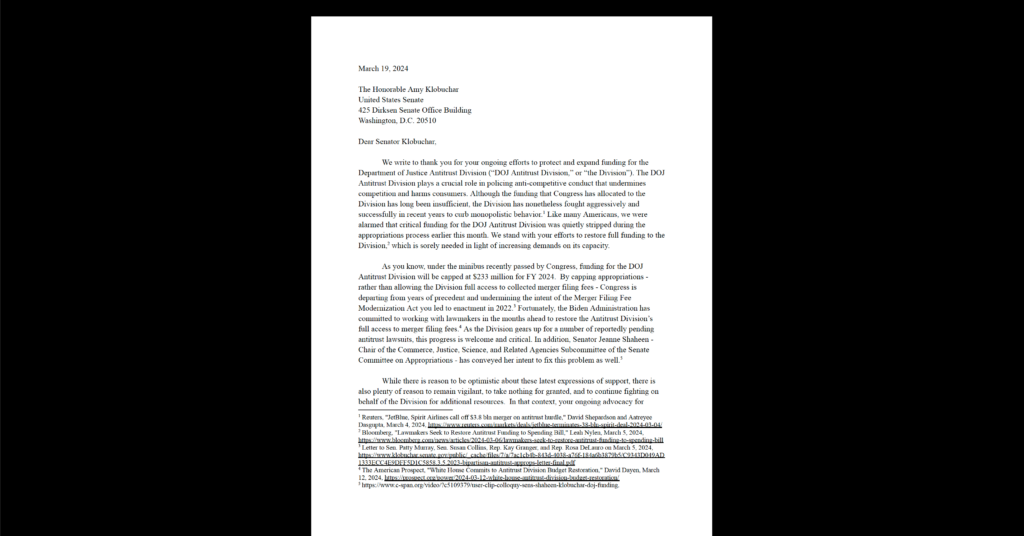Cybersecurity & Standards, Open Internet
Getting the Facts on Interconnection
Interconnection between Internet networks has traditionally been unregulated and, for the most part, unscrutinized. Now, new attention on interconnection is prompting efforts to gather information about how it actually works. Last week, FCC Chairman Tom Wheeler announced that the FCC is asking ISPs and content providers to make their interconnection agreements available for review by agency staff. Meanwhile, at the request of CDT and CenturyLink, the Broadband Internet Technical Advisory Group (BITAG) has launched a technical review of interconnection. That review will result in a report expected later this year, to be co-edited by CDT chief technologist Joe Hall.
It’s good to see new efforts to get better informed about this crucial but often behind-the-scenes aspect of how the Internet works.
Meanwhile, there are also some new research results from UC San Diego’s Cooperative Association for Internet Data Analysis and MIT’s Information Policy Project. Today, at a briefing hosted by the Congressional Internet Caucus, MIT’s Dave Clark described a series of measurements this research group performed to document the amount of congestion on the interconnection links between networks.
The research presented shows very little evidence of congestion, except in links where it is hard to increase capacity quickly (e.g., trans-oceanic links, where it is very hard to just add another cable) and on some links involving the handoff of large amounts of Netflix traffic (curiously, they don’t see congestion when probing other high-bandwidth video services like Google’s YouTube). This work shows that some interconnection links between networks serving Netflix and networks serving end user subscribers can be congested 14-18 hours out of every day. Thus, while the traditional focus of the network neutrality debate has been the way carriers handle traffic within their local networks, there do seem to be cases where problems farther up into the network (i.e., at interconnection points) can result in disparate service quality for different content providers trying to reach an ISP’s subscribers.
The flurry of efforts to look more closely at interconnection is a welcome development, because without more information, it is very hard to evaluate the claims and counterclaims in this area. Netflix, Level 3, and Cogent have said that major subscriber-facing carriers may be allowing key interconnection links to become congested in order to force more content providers into paying for interconnection. Others point out that paid peering arrangements have been around for a long time, and argue that it’s the large-volume content providers like Netflix who are departing from Internet norms. Who’s right? Is this a situation of “it ain’t broke, so don’t fix it” – or are the rise of video and escalating asymmetries in traffic sent and received giving rise to new risks that warrant policy attention and perhaps some form of oversight for interconnection? At the very least, answering questions like these requires adequate information.
It’s good to see new efforts to get better informed about this crucial but often behind-the-scenes aspect of how the Internet works.


